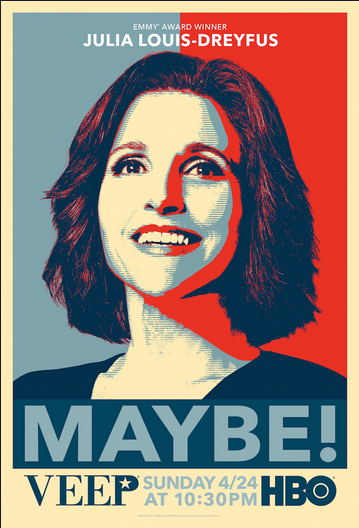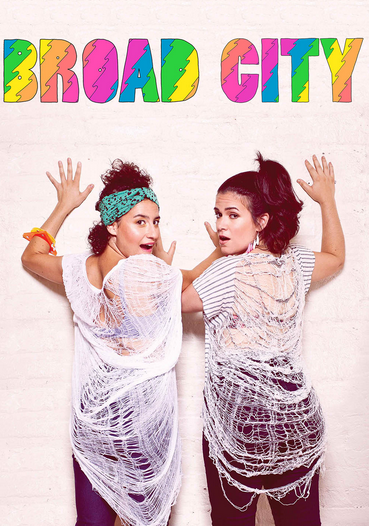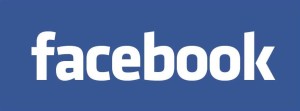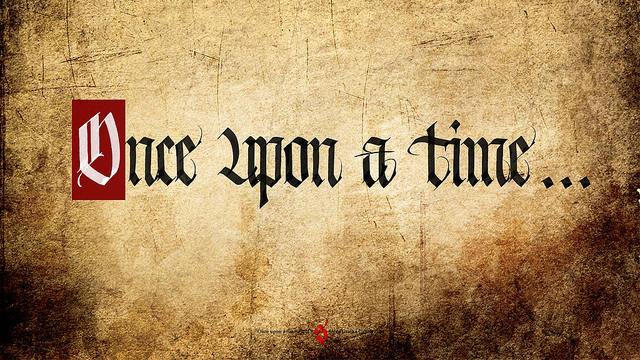Written under the supervision of Colin Clark, M.A., and submitted on 24 January 2011, this essay was part of my total coursework at the Department of Anglophone Literatures and Cultures at Charles University’s Faculty of Arts. The essay is published with the kind permission of the faculty.
Comparison of “The Frog Prince” and “Little Red Riding Hood” with Their Modern Cinematic Adaptations
Many a member of contemporary society is often inclined to believe that fairy tales are not what they used to be anymore. Is that true, though? There are certainly many similarities between the fairy tales of the generations long past, and those we know from our time, but it would be foolish of us to think that fairy tales would remain the same forever. The change is inevitable in pretty much every area of human life, and they are no exception. Fairy tales simply had to alter in order to suit the present generations of children, in order not to become obsolete and outdated. This essay examines the main alternations the genre of fairy tales underwent in this century with a predominant focus on the two classic tales by Brothers Grimm – “Little Red Riding Hood” and “The Frog Prince” – and their modern reworking on film.
Be the differences however extensive they may, thinking that the modern fairy tales have absolutely nothing in common with their predecessors would be utterly incorrect. Even though the writers or directors have endless possibilities to toy with the genre and introduce some brand new ideas into it, they always have to rely on the very basic elements the original texts provide them with. For instance, there must always be a clear distinction between the good and the evil. In “Little Red Riding Hood” the little girl and the wolf clearly stand on the opposite ethical poles, as well as Snow-White and the murderous Queen, or Hansel and Grethel and the cannibalistic witch. In a remake of Grimm’s story “The Frog Prince”, the movie called “The Princess and the Frog”, is this rule applied as well – in the epicenter of all the evil distinctly stands the dark voodoo sorcerer Dr. Facilier. In case of “Hoodwinked”, the modern take on the story of “Little Red Riding Hood”, the matters are much more complicated, mainly because of the fact that the movie is a essentially a parody of the classical story, which is itself being used merely as a spring board for countless pop-cultural references. Another aspect both the new and the old fairy tales share is the use of magic. It is by a spell that the prince is turned into a frog; it is by some unknown miraculous forces that the wolf is able to talk and so cunningly feast on both the grandmother and her granddaughter. Even inanimate objects have their special powers. The evening star in “The Princess and the Frog” is associated with mystery and magic, being able to fulfill any of our wishes. These are the magical elements that instigate children’s fantasy, that incite them to use their own boundless imaginations. Fairy tales still create a magical world for the kids, full of wonders and no limitations. Nothing at all has changed in that.
Some of the aspects of the stories, however, do differ from the way they used to be. There seems to be a constant need to reinvent everything, to keep bringing the audiences and readers something new at all times, not to repeat old formulas. That may also be the reason why so many modern fairy tales, notwithstanding that they often retell old stories, are brought into different environments or different times. In “The Princess and the Frog” the plot does not take place in a castle but in the over-the-century New Orleans swamps and slums. Thusly, the story perhaps becomes more relatable to the kids who are therefore more likely to empathize with the characters living in a world not too dissimilar with their own, rather than with those who live in a distant past. “Hoodwinked”, just as the original story, takes place in a forest, but a very modern and extraordinary one at that. The movie, parodying the classical tale, has Little Red Riding Hood either drive a bike on her way to her grandmother or get in a cable-car. The wolf, a private detective, often moves across the forest in a cab, and the granny herself is presented as an extreme sports loving adrenaline junkie. It is arguable whether “Hoodwinked” is predominantly still a movie for children or a fairy tale for adults. The main source of entertainment rises from the fact that everybody knows the original story, and also in constantly surprising the audience as to what will the characters we think we know do next. In other words, contemporary writers and directors simply assume that everybody knows the original tales, and only build their own stories on these presuppositions. The classical fairy tales seem to be taken for granted nowadays, so in order to bring something new to the table, the creators necessary have to choose the road of endless alternations.
Yet another digression from the original stories is the frequent use of pop-cultural references. It feels as if the creators were not sure whether the stories themselves were good enough for the (adult, for the most part) audiences, and therefore attempted to entertain them by numerous allusions to what they know from other works. On one hand, in “The Princess and the Frog” these allusions are very subtle. Altogether, the most prominent ones are the Ray Charles firefly and, oddly enough, the fairy tale itself. In the movie, the characters know the original story of “The Frog Prince” and fantasize about it coming true. The film thus acknowledges its roots and pays homage to the original tale. In “Hoodwinked”, on the other hand, there seems to be a pop-cultural reference in almost every single frame. Scene after scene, the viewers are bombarded with allusions to “CSI”, “Matrix”, “The Lord of the Rings” and many other popular titles. Presumably, these allusions are directed solely to the adult audiences because the youngest viewers could not be expected to have seen all of the referenced movies. It is rather questionable, then, whether the story would be entertaining enough for the adult audiences, even without them recognizing hints to other films in every scene.
As it was already suggested, contemporary fairy tales seem either to honor their originals, or to make fun of them and even mock them. As “The Princess and the Frog” shows, however, the honoring may often be rather an idealization. In the movie, the two girls dream about finding a prince cursed into the form of a frog, kissing him, and thus turning him back into his human shape. Reading the original Grimm’s story, we would not get such romantic scenery. In the book, the transformation occurs under much different and less peaceful circumstances. The princess “catching up the frog, threw him with all her strength against the wall […] but, as he fell, he was changed from a frog into a handsome Prince” (Grimm, 16). The alternation of the original story is understandable. A violent act like that would certainly not fit in the calm and peaceful atmosphere of the film. This, however, raises an interesting question: Is it really a good thing to eradicate these traces of personal ambiguity in the good characters? In fairy tales, children are essentially taught to despise the bad characters, and strife for becoming as virtuous as the good ones. The bad characters are pure evil while the good ones are nothing short of angels. Everything is black and white, and there is nothing in between. Why are fairy tales made that way nowadays when we all know that nothing is that simple in real life? Either we try to show the children a clear distinction between what is good and what is bad, or we attempt to protect them from the confusing realization that nothing is what it initially seems to be. The remaining question we have to ask ourselves then is: Is such a protection really necessary?
The genre of fairy tales has come a long way. Contemporary fairy tales are not the same as the one we know, for instance, from Brothers Grimm. Objectively, we can not really say whether they became better or worse. They are simply different – and they have to be. Everything has to change, and without reinventing themselves, without providing the readers or viewers with different ideas and points of view, the fairy tales would soon start to bore. Whether it is merely a new take on the old story or a mocking parody, fairy tales have become a part of our culture, and thanks to their infinite alternations, they will always have something to offer not only to the kids, but also to the adults.
Bibliography:
Primary text:
Grimm, Jacob and Wilhelm. Grimm’s Fairy Tales. London: Collins Clear-Type Press, 1946.
Films:
Hoodwinked! Dir. Corey Edwards. The Weinstein Company, 2005.
The Princess and the Frog. Dir. Ron Clements and John Musker. Walt Disney Animation Studios, 2009.





Napsat komentář